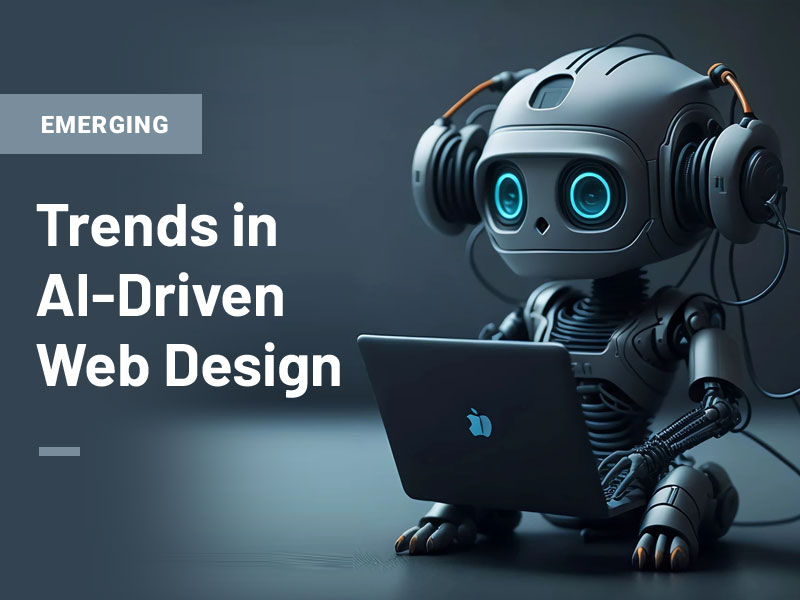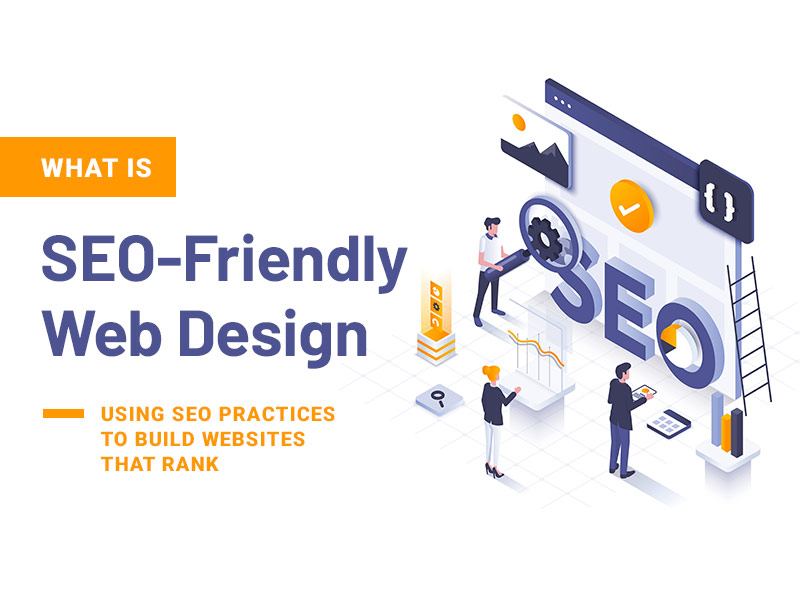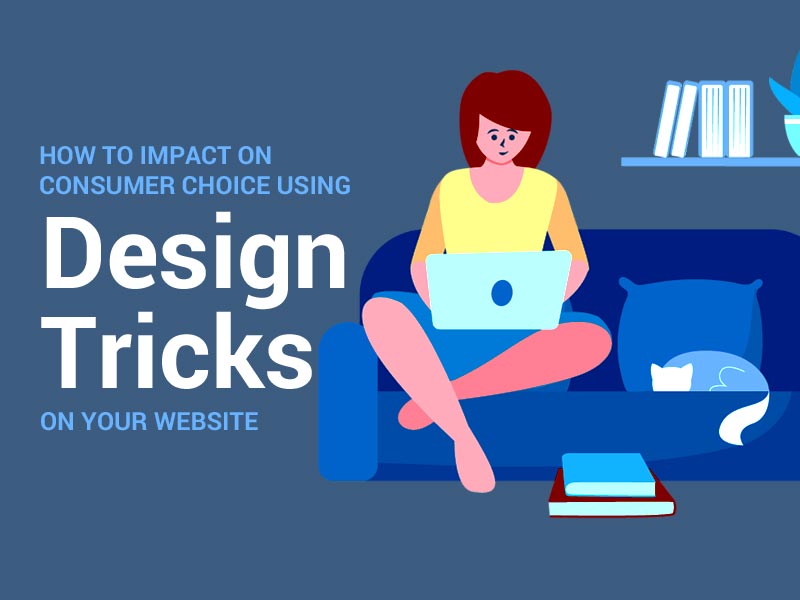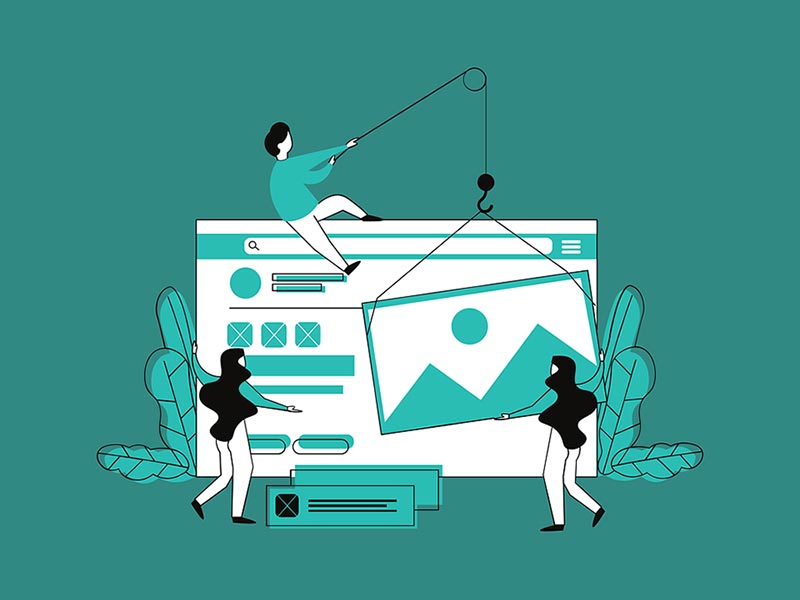The emergence of artificial intelligence (AI) trends in web design has been described as “revolutionary”. Some have even likened AI in web design to the development of the Gutenberg press in publishing.
Even an academic article has mentioned that there’s no looking back, making it safe to say that AI in web design will become pervasive in meeting many businesses’ needs. With expectations that the AI market is set to reach over $1.3 trillion by 2030, AI in web design is set to become highly influential in every aspect—from conceptualization to execution. Ultimately, a business’ online presence will be solidified.
But with so many tools and technologies, what can we expect for the future? In this article, we explore 19 trends in AI-driven web design so that you’re prepared for what the future holds.
19 Emerging Trends in AI-Driven Web Design
And now, without further ado, here are the AI-driven web design trends you should be paying attention to in 2024 and beyond.
1. Rapid conceptualization and layout ideation
AI can already enable generative design through mockups and layouts. This, in turn, helps designers explore countless different design variations quickly. Since AI algorithms can generate multiple design options based on specific parameters (such as layout, color schemes, and typography), it creates an iterative design process that can lead to new and innovative concepts, layouts, and ideas to boost the site’s visual aesthetics.
2. Automated web design
Some AI tools facilitate the creation of websites from simple prompts and minimal input. These algorithms can create fully-functional websites using the brand’s color schemes, layout, and user interface elements.
3. Images, graphics, and music

There are many AI tools emerging, which can create stunning visuals that align with a website’s overall aesthetic. All that’s needed is a sufficiently-detailed prompt to get the process started. As such, designers are less likely to spend time manipulating or creating images from scratch. Instead, they can work on other core tasks related to the web design process.
4. Motion design
Not only can AI create images but it can also create motion design, such as realistic videos and animations.
These engaging motion graphics can adapt to different user behaviors, which then enhances the user experience on digital platforms that are dynamic and engaging and bring the web experience to life.
Generative adversarial networks (GANs) are a type of AI that is used to generate these designs, such as creating new images or videos.
5. Content creation and curation
AI’s skills in content creation and curation should not be overlooked, either; whether it’s using generative AI to create web content or optimize it for search engines or to curate it and offer personalized suggestions based on user behavior.
An example of this is creating the right AI prompt for the specific AI tool and tasking it with generating a frequently asked questions page which customers can browse to resolve issues or find more information.
Other examples include creating conversion-based landing pages with personalization in mind, articles, product descriptions, automated emails, etc. The more customized the user experience, the more likely they are to engage with the site and become loyal followers or customers, while keeping bounce rates low.
6. Search engine optimization
AI is increasingly able to offer suggestions for optimizing keywords, headings, meta tags, and overall content structure. When it comes to images, it can assist in optimizing images by automatically generating alt tags.
Other areas of search engine optimization (SEO) that AI can help with include analyzing and improving site speed, mobile-friendliness, crawlability, backlink profiles, etc. Furthermore, it can help with competitor analysis by identifying their SEO strategies, their keywords, backlinks, and content strategies.
7. Personalization
Analyzing user behaviors, preferences, and past interactions with your website through AI can help improve the overall experience of your customers or users, resulting in increased satisfaction and customer loyalty. By tailoring user preferences and their history and prior interactions with your site, you can ensure a more seamless and personalized experience.
8. UX/UI design
AI can also analyze user behaviors and preferences, thus guiding web designers to create websites with intuitiveness in mind. The predictability aspect related to browsing history, preferences, and demographics is highly critical for ensuring an outstanding user experience (UX) backed by tailored UX and user interface (UI) designs.
9. Responsive design
As more and more people use smart devices to access websites and web content, web designers will adapt to the changing landscape. They can do so by using AI to ensure that content is easy to access and navigate across different screens and devices.
10. Minimalism and simplicity
One thing that web designers are increasingly using AI for in web design is creating a minimalist and simple, yet functional interface. This is done by enabling the AI tool to optimize layouts, choose harmonious color palettes, and select minimalist typography to match.
This falls within the broader trend of ease of use and clarity in communication. And AI is stepping up to the task by achieving a balance between elegance in design and functionality together with user-friendliness.
Ultimately, achieving clean and clutter-free user interfaces is achieved when AI analyzes the content hierarchy, spacing, and typography. Through it, readability can improve while navigation can be more intuitive.
In line with minimalism and simplicity is a related emerging AI-related trend and that is scrolling text. It refers to “one-page websites” that contain all the information needed on one page. With the help of AI technology, scrolling text’s presentation can be improved, including in areas such as speed of text, transparency, and other factors.
11. Typography selection and font pairings
Web designers are increasingly anticipated to be able to play around with variable fonts, allowing multiple styles and weights within a single file. What is more, there will be a renewed interest in serif typefaces, which blend traditional elegance with modern aesthetics.
Other trends in this category include a fusion of handwritten elements with digital typefaces, bringing a human touch to digital designs. In addition, color-driven typography is expected to play a huge role in how designers integrate color gradients, overlays, and blends within type.
And lastly, designers using AI for web purposes will also be driven by accessibility considerations by prioritizing legibility and readability as they cater to diverse audiences, offering options for adjustable font sizes and contrast settings.
12. Sentiment analysis
Certain AI tools excel at determining customer sentiment. This is especially useful in cases for businesses that offer customer support in one form or another, particularly with chatbots or virtual assistants.
These AI tools are increasingly able to assess customers’ language, expression, and tone in both written and verbal interactions, making it much easier to respond in the most appropriate way to ensure ultimate customer satisfaction when their issue or query is resolved.
13. Chatbots and voice user interfaces (VUIs)
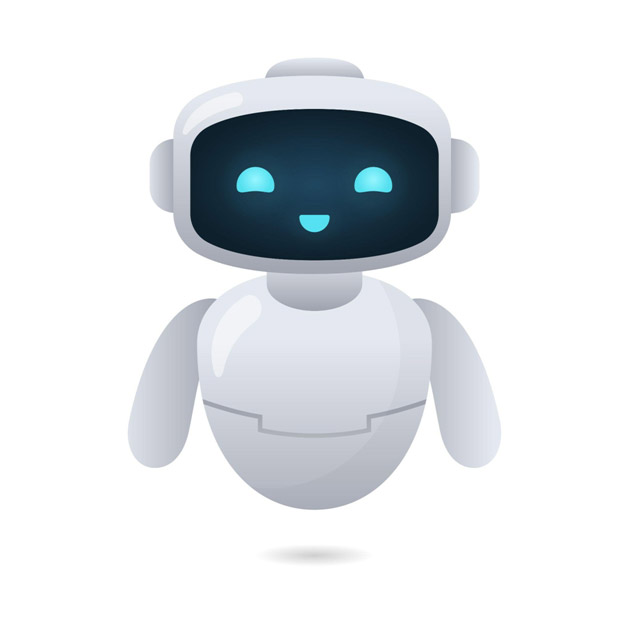
AI also powers customer service chatbots and virtual assistants to handle customer inquiries, provide real-time customer support, and offer personalized recommendations 24/7 as a way of mimicking human conversation.
Meanwhile, when it comes to voice user interfaces (VUIs), web designers need to pay special attention to context, conversational flows, language use, intent, and more. With the rapid rise in voice searches, catering to a growing demographic of users is vital. AI can assist with both analysis and web design that caters to VUIs through hands-free searches.
With expectations that the global voice recognition market’s value will rise to nearly $50 billion by 2029, it is not surprising that AI’s increasing incorporation in web design is a trend that’s likely to continue.
In particular, AI can improve voice-based customer interactions by incorporating an AI voice-over generator that uses automatic speech recognition (ASR) and natural language processing (NLP) technologies. ASR’s function is to convert spoken words into text to enable a system to better interpret voice inputs. Meanwhile, NLP processes transcribed texts to extract intent, sentiment, and context.
14. eCommerce
Since e-commerce is gaining so much traction worldwide, it will be essential for web designers to use AI to optimize their sites. This can be done by analyzing data to gain insights into consumer behavior, market trends, inventory management, and when it comes to AI in events, it works more than just an automation tool.
However, AI also offers e-commerce websites to optimize for end-user success by optimizing pricing strategies, helping with inventory planning, and even marketing campaigns.
15. Automated testing and bug detection
In days gone by, web designers would manually work on the web testing process before and after a website’s launch. Today, however, the process can be automated with the use of AI tools, which help detect bugs, errors, and inconsistencies.
This is done by stimulating user interactions, testing various scenarios, and identifying possible flaws, followed by an analysis of the results. Based on these results, website optimization and performance can be enhanced while faults and vulnerabilities are quickly detected before a website goes live.
In addition, these AI tools use machine learning and pattern recognition to analyze code, check for potential vulnerabilities, and simulate attacks.
Other areas in which they excel include:
- Scanning the source code, configuration files, and other components to identify weaknesses
- Analyzing the website’s functionality and inputs to unearth potential vulnerabilities
- Automating the vulnerability detection process
- Learning from patterns and trends in known vulnerabilities and security exploits
- Identifying emerging threats and zero-day vulnerabilities
Through user interaction replication and code analysis, automated testing ensures superior user experiences, quicker release cycles, and higher-quality websites.
16. Data generation and analysis
Another trend that we are likely to see in the future when it comes to AI-driven web design relates to data and insights generation and analysis. By providing web designers with insights through processing large volumes of data, designers can better understand their user behaviors, preferences, and pain points.
It’s also possible to create user simulations, which provide valuable feedback on areas for improvement. As such, designers can use this information to optimize the design elements on the site, improve their content placement, and optimize user flows so that they enhance the UX and help drive conversions.
A great example of how data and analytics can help is in the sphere of advertising where ads can be A/B tested, tweaked, and reposted to create an optimized experience for users.
17. Cybersecurity and fraud prevention
One critical area where AI is expected to make a strong contribution lies in its ability to foresee potential website issues before they affect your users. Examples may include server overload or broken links.
Since AI can take corrective measures before these issues arise, your website is more likely to operate optimally due to a “self-healing” feature, making your website reliable, dependable, and safe for use.
On the other hand, AI can also help detect and prevent fraud by identifying activities that protect e-commerce platforms in particular as well as their customers from potential security breaches and fraudulent transactions.
18. Data privacy and protection

The ways in which AI algorithms are trained sometimes require the use and processing of personal data. Despite regulations such as GDPR and HIPAA in place, there is ample space that needs to take into account anonymized data, acquiring informed permission for the use of personal data, and putting data security measures in place.
19. Ethical considerations
AI, by nature, is trained on vast volumes of data. However, the data inputs used for training can be biased and/or discriminatory towards certain groups of users.
Ethical considerations should ensure that there is fairness, transparency, and accountability in terms of the standards used for data gathering, how data is prepared, and the ways in which algorithms make decisions to ensure biases are eliminated.
What is more, in the future, accessibility is expected to play a huge role in how users access and interact with websites, meaning that web developers can heavily rely on AI to assist them in automatically generating alt tags, transcripts and captions through image recognition and text-to-speech algorithms.
Conclusion
AI tools and technologies in web design are only going to grow in terms of availability and functionalities offered. They present an amazing opportunity for web designers to save time, effort, and resources on tedious and time-consuming tasks.
While their role is unlikely to disappear, what is anticipated is that there will be a collaborative relationship between AI tools and web designers as opposed to one replacing the other. There’s no question about it: the human touch and levels of human creativity cannot be replicated.
However, it is possible to streamline designers’ tasks, freeing them up to focus on core tasks as opposed to something that will take an AI tool seconds to do.
